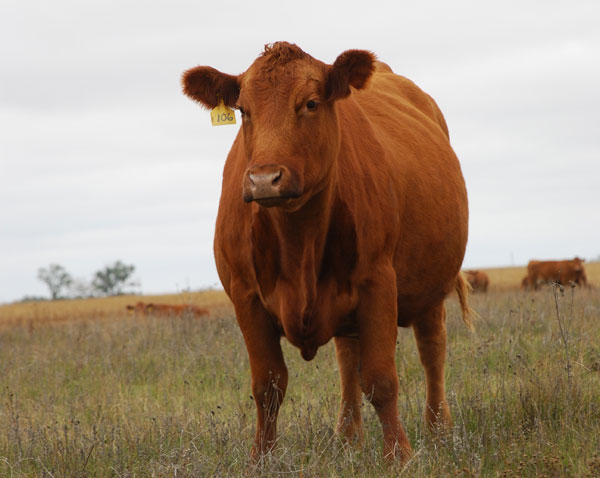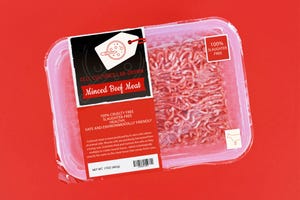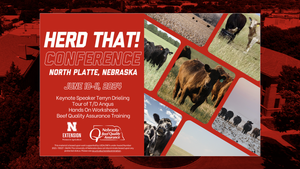5 questions a heifer should answer before she becomes a “keeper”
September 20, 2016

Weaning season is here, and as calves are gathered, worked and weighed, ranchers will soon determine which ones are sorted into the keep pen and which ones are culled.
If you’re planning to keep replacement heifers, there are several considerations for choosing the ones that will ultimately go on to be productive cows that are docile, breed back, milk well, and have the longevity to stick around for a decade or more.
In a recent Ohio State University Beef Cattle Letter, Roy Burris, University of Kentucky Beef Extension professor, listed things a heifer needs to prove before she can stay in the herd.
Here are five questions a heifer should answer before she becomes a “keeper:”
1. Does she look the part?
Burris writes, “At weaning, sell all obvious culls – like poor doers, extremely rough hair coats, disposition problem, etc.”
2. Is she calm and quiet?
“Every time you put the calves through the chute, or move them around, take off anything that acts up,” advises Burris. “They’ll just disturb the other calves and can generate some periodic ‘cash flow.’ Be critical and be generous with the ‘trailermycin.’ Disposition is very important – you don’t necessarily have to assign a chute score or measure exit speed but the way that they behave ‘under pressure’ is a great predictor of their future – administer trailermycin as needed. Those that do make it through this step are good candidates for breeding.”
3. Does she convert feed to pounds well?
Burris says, “Develop calves on a normal plane of nutrition – you don’t have to fatten them. Breeders should, in my opinion, put some ‘selection pressure’ on heifers so that we can eliminate problems early in the production cycle instead of passing them on.”
4. Is she cycling at a year?
“Do a reproductive workup at a year of age and prior to breeding (of course),” he says. “Cull those heifers that aren’t cycling, have abnormal reproductive tracts or don’t have sufficient pelvic area to have a normal-size calf. They can be then sold as feeder calves.”
5. Is she bred within my calving window?
“We do one round of timed AI followed by a short ‘clean-up’ period,” explains Burris. “Pregnancy diagnosis is done as soon as possible so that open heifers can be removed and sold while they are heavy feeder calves.”
Then ask the bonus question after she’s weaned her first calf, says Burris.
“Heifer selection is a continual process,” he writes. “The final evaluation won’t be until they wean their first calf. They need to meet these criteria: wean a good calf, maintain good body condition, and breed back early in the breeding season.”
The opinions of Amanda Radke are not necessarily those of beefmagazine.com or Penton Agriculture.
You might also like:
Young ranchers, listen up: 8 tips from an old-timer on how to succeed in ranching
13 utility tractors that will boost efficiency in 2016
Burke Teichert: How to cull the right cow without keeping records
You May Also Like



